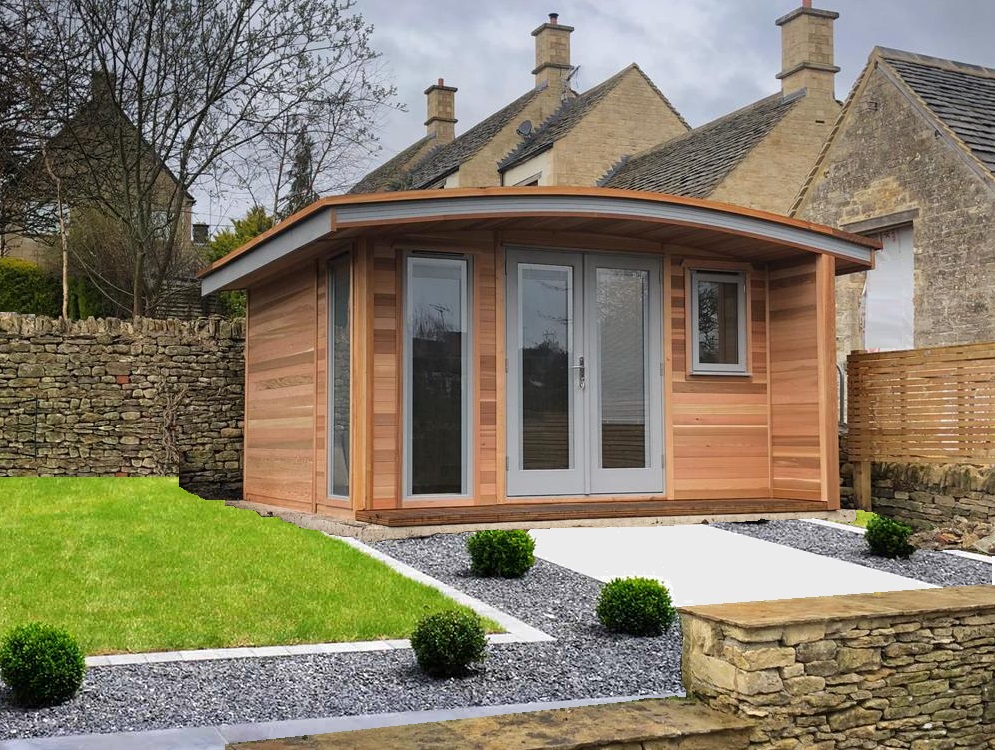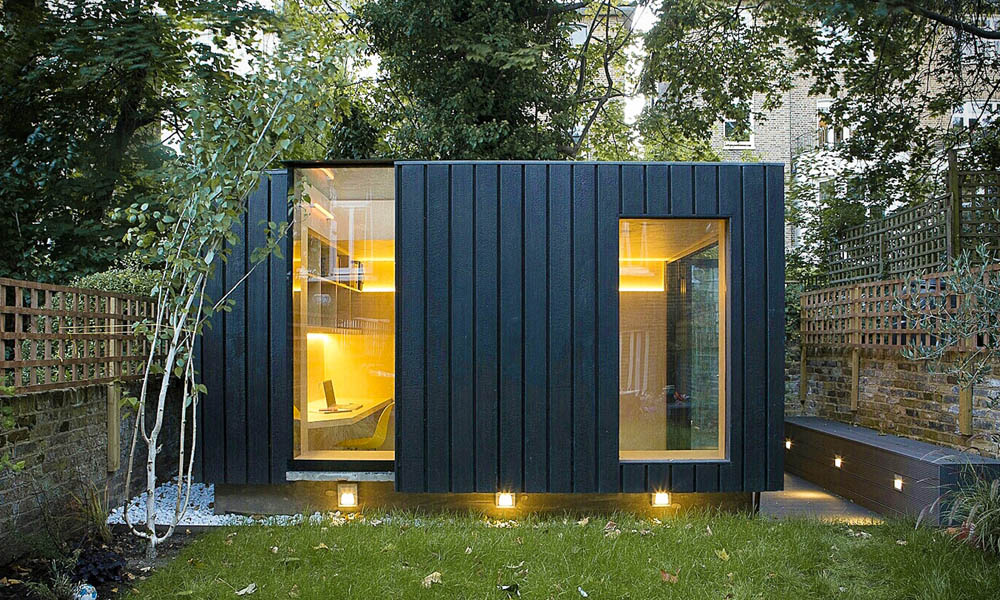Top Ideas For Planning Permission On Garden Summer Houses
Wiki Article
What Authorizations Are Required To Build Garden Rooms And Similar Structures Within Conservation Areas?
To preserve the aesthetics and character of conservation areas, when construction of extensions, gardens, or conservatories within these designated areas, certain restrictions apply. Here are the major aspects to be considered for planning permission in conservation zones:
In conservation areas, any building or extension that is expected to fall within permitted development might require planning permission. This includes sheds, garden rooms and other outbuildings.
Size and Scale:
Any structure of any size could require planning permission if they are thought to be detrimental to the appearance of the conservation zone. Extensions and new buildings in designated areas are subject to stricter regulations.
The location of the property
The likelihood of a property needing planning permission is higher in the event that the structure or extension is situated to the side, front, or back. It could also be necessary to obtain planning permission for structures at the back of the property, if they are visible from public area or have an impact on the nature of the neighborhood.
Design and materials:
In conservation zones, the selection of the design and materials used is crucial. The materials used for any new build or extension should be in line with the architecture or historical interest of the region. To satisfy these requirements, you'll need planning permission.
Demolition:
Demolition of existing structures or portions of buildings such as outbuildings and boundary walls, generally requires approval from the conservation area's planner to ensure that any modifications are in keeping with the local character.
Height Restrictions
There are higher height limits in conservation zones. If a structure exceeds 2.5 metres in height, it is likely that planning permission is required.
Impact on Surrounding Areas
Planning permission is needed if the proposed extension or building will impact the visual appearance or setting of the Conservation Area, as well as the views that pass through and exit the area.
Building use:
An outdoor space, an outbuilding or studio could not require planning permission if the use is allowed.
Modifications and Additions
Planning permission is usually required for extensions that are larger than the specified limit or that alter the appearance or exterior of the building. This includes conservatories and any other major changes.
Curtilage Structures:
Constructions that are located within the curtilage an listed building within a conservation zone must always be approved for planning. This applies to any extensions, new outbuildings or changes.
Protected Trees:
Trees are protected within conservation areas. Tree works consent might be required if are planning to build a structure which will impact trees.
Local Authority Guidelines
Every conservation area can have specific guidelines and limitations set by the local authority for planning. These rules can be tailored to fit the particular characteristic and features of each region.
In short, planning permission for conservation zones requires a detailed evaluation of how the proposed garden rooms, conservatories outhouses, garden offices or extensions may affect the historic architectural and historical characteristics of the area. An early consultation with the local planning authority is vital to ensure that the project is in compliance with all regulations and guidelines. Follow the best garden room with electrics for website info including garden rooms near me, what size garden room without planning permission, copyright outhouse, outhouse buildings, outhouses, garden room heater, 4m x 4m garden room, herts garden rooms, garden office hertfordshire, herts garden rooms and more.

Regarding Listed Buildings What Kind Of Planning Permit Are You Required To Obtain For Garden Rooms, Etc?
There are more stringent guidelines and requirements when planning to construct conservatories or gardens on a site with a historic structure. These are the major points about planning permissions for such projects. The Building Consent for Listed Buildings
Generally speaking, every extension, alteration, or new construction that occurs within the boundaries of a listed building must be approved by approved building listed in addition to planning permission. This is because any alteration could have an impact on the character or special interest of a listed building.
The impact on the character of historic buildings
Any extension or new construction that might alter the historic character or appearance or the listed building or its surroundings, needs approval for planning. This includes garden structures and outbuildings.
Materials and Design
The design of a brand new structure needs to be compatible with the historical and architectural importance of a listed building. Planning permission is needed for bespoke designs or the use traditional construction materials.
Close proximity to the listed building
New structures built close to the historic building will be assessed for their effect on the design and appearance of the heritage asset. To ensure that they don't detract the character of the structure the building, planning permission is required.
Size and Scale
The extension, garden room, or conservatory should be proportional and harmonies with the listed building in which it is located. A bigger structure will likely require a detailed assessment and a planning permit.
Location of the Property:
The location of the proposed structure (whether in front, side or back of the listed building) may affect the requirement to obtain planning permission. The locations that are noticeable or have an important impact on the building's key views will typically be the subject of a thorough review.
Changes within the organization:
Even if the new structure was removed or erected, any changes inside (such making new routes for access) to the property requires the building consent listed as well as planning permission.
Conservation Area Overlap
The listed building must be situated within Conservation Area. To ensure that the building is in compliance with the building regulations listed in the listing and conservation area regulations the building must be permitted for planning.
Use of Building:
Planning permission is typically needed in relation to the intended use of the garden room, or any other outbuilding, will be used for. Applications that require a significant change, like a residential accommodation or commercial usage are scrutinized more carefully.
Impact of structural changes:
Any building that may affect the structural integrity of the listed building requires planning permission and listed building permission, ensuring that both the old and new structures are safely connected.
Local Authority Guidelines
Local authorities often offer specific guidelines for listed buildings, which define the kinds of construction and modifications that are permitted. Planning permits are required to ensure these guidelines are followed.
Professional Assessments
Conservationists usually conduct thorough analyses when reviewing proposals to work on listed structures. These assessments are made to determine whether modifications proposed are appropriate and to support the application for planning permission.
Summary A: Planning permission and listed building consent is required nearly always when building garden rooms, conservatories or outhouses. This is also true for extensions, garden offices and garden offices that are attached to a listed building. Consult with your local heritage and planner very early on in the process of planning to ensure compliance to all relevant regulations, as well as to protect the architectural and historical integrity. Check out the recommended garden rooms vs extensions for website advice including copyright garden rooms, copyright garden rooms, garden room, out house, garden room planning permission, outhouse garden, garden room or extension, garden out house, what is a garden room, best electric heater for cabin and more.

What Kind Of Planning Approval Is Required For Your Garden, Rooms And So On.?
Planning permission can be required to construct gardens, outhouses, or garden offices. Infrastructure and utilities are additionally crucial considerations. Here are the major elements to be considered. Water Supply and Drainage
A permit for planning may be required for connecting a new structure with the water or drainage systems. The water authority in the area could have to evaluate the impacts on the local water supplies and the sewage system.
Gas and Electricity connections:
If you need to connect a new building to an electricity or gas supply, you may need an approval for planning. It is crucial that the connections are in compliance with all safety standards and construction rules.
Utility Easements
Planning approval is required for structures that are located in easements (areas reserved for utility lines and infrastructure). The local utility provider might have to approve construction within these areas.
Septic tanks and Sewage Systems
It is crucial to get planning permission when installing a septic-tank or sewage system in your home. The compliance with environmental regulations and health standards is crucial to these systems.
Drainage and Surface Water Management
You may need to get planning permission for drainage and surface water runoff. It might be necessary to adopt measures to stop flooding, erosion and water pollution.
Access to Utilities for Construction:
If the construction process requires temporary access to utilities (such as water for construction purposes), planning permission may be necessary. Connections that are temporary are subject to safety and environmental rules.
Local infrastructure impacts:
To assess the impact on local infrastructure, such as utilities, roads and public services, etc., it is necessary to get a planning permit. Local authorities will assess if existing infrastructure can accommodate the development.
Recycling and Waste Management:
Planning permission can include requirements for waste management as well as recycling after construction. It is crucial to make sure that there are sufficient recycling and waste disposal facilities in the place.
Energy Efficiency and Renewable Energy:
The installation of energy-efficient equipment or renewable energy systems, like solar panels and heat pumps in new buildings may require approval from the planning department. It is crucial to be in compliance with the building and environmental standards.
Telecommunications, Internet and Connectivity
Planning permission might be needed if the new structure needs telecommunications and internet connections. To ensure that the telecom infrastructure is in line with standards and regulations It is crucial that the infrastructure adheres these.
Access to Roads and Footpaths
Planning permission could be needed to construct or alter access roads and footpaths in the new structure. Footpaths and roads must conform to the safety standards of all construction sites.
Public Transport Accessibility:
A planning permit may be required if the new construction affects the public transport infrastructure, such as bus stops and train stations. Transport infrastructure for public use must conform to regulations and standards.
Summary: Utility and infrastructure considerations play a critical role in determining if planning permission is needed for conservatories or garden rooms. Early consultation with the local authority is crucial to ensure the compliance of all applicable regulations and standards. Take a look at the best home office heating for more examples including outhouses, garden room vs extension, garden room planning permission, small garden office, garden room permitted development, what is a garden room, out house, insulated garden buildings, copyright garden office, Tring garden rooms and more.
